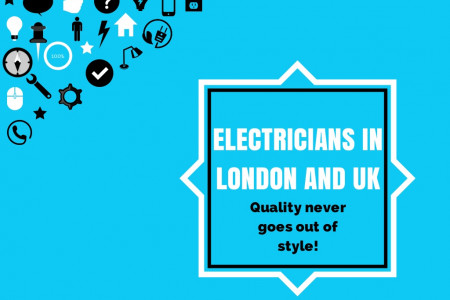
The Energy-Hungry House
ENERGY- HUNGRY THE HOUSE WHAT A DIFFERENCE 50 YEARS MAKES. 27% Kitchen Appliances The picture of the country's electricity usage 16% has changed dramatically over the last few Air Conditioning decades. In 1950, total electricity usage was 288 billion kilowatt hours. 10% Space Heating In 2001, the electricity used by 9% water Heating U.S. households alone was nearly four times that, 9% Lighting totaling 1,140 billion kilowatt hours. 7% Home Electronics So what gives? 7% Laundry Appliances 5% HVAC Appliances 2% Other Equipment > 8% Other End Uses WHERE ALL THE JUICE GOES WHY ELECTRICITY USAGE IS UP Beyond general population growth, a number of factors contribute to more consumption. THE SHIRE GOES GRID Believe it or not, in 1950, a big chunk of rural America still didn't have access to the electrical grid. It wasn't until the 1970s that a government-funded project, The Rural Electrification Administration, completed its mission of bringing grid power to 98% of rural U.S. Before that, utility companies had argued they'd never recoup the cost of bringing grid power to areas of America with sparse populations. It took a study by the University of Minnesota to prove them wrong. So much for the wisdom of the free market. THE RISE OF A/C In 1980 only 27% of U.S. homes had air conditioning and by 2001 that had climbed to 55%. Air conditioning uses a lot of power, so any rise in its popularity significantly impacts overall U.S. electrical usage. Kitchen Appliance Electricity Consumption SUPERSIZED HOUSES New homes tend to use a lot more electricity because they're way bigger than old 51% Refrigerators 16% Coffeemakers & Ovens ones. According to the National Association of Home Builders, the average home size in the United States in 1970 was 1,400 square feet and by 2004 that had grown to 2,330 square feet – an increase of 66%. New homes also tend to contain more 13% Freezers 10% Range Tops 10% Dishwashers electricity-dependent amenities and because both the Southern and Western parts of the U.S. have growing populations, new homes are more prevalent there, too. (2001) HEAT-SEEKING BOOMERS Since 2000, baby boomers have been moving in droves to hot, sunny states in the South and Southwest where air conditioning use is more prevalent. The ten fastest growing U.S. states for population are Arizona, Colorado, Idaho, Nevada, Utah, Texas, Florida, North Carolina, South Carolina, and Georgia. Why baby boomers would want to move somewhere hot only to crank up the A/C is a mystery for the ages. THE METEORIC MICROWAVE People in America sure do love their microwaves, and the warp-speed growth of the device is symbolic of the general rise in electronic appliances here. In 1980 only 14% of U.S. homes had a microwave, compared to 86% of households in 2001. I OUR NEW ROBOT OVERLORDS ELECTRONIC EQUIPMENT ENERGY CONSUMPTION The relatively recent explosion of always-on (or always recharging) electrical appliances and devices has done a lot to increase our national use of electricity, 40% TVs and we're not just talking about computers, smartphones, and iPads here. A huge range of household consumer goods are now plugged in 24/7: everything from 28% Computers & Printers vacuuming robots to immersible handheld mixers. Heck, even books 20% TV Peripherals 12% Other Home Electronics have power cords now. (2001) 1BOG.org
The Energy-Hungry House
Source
Unknown. Add a sourceCategory
EnvironmentGet a Quote








